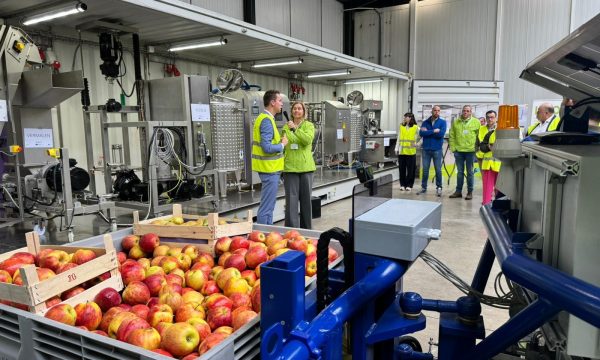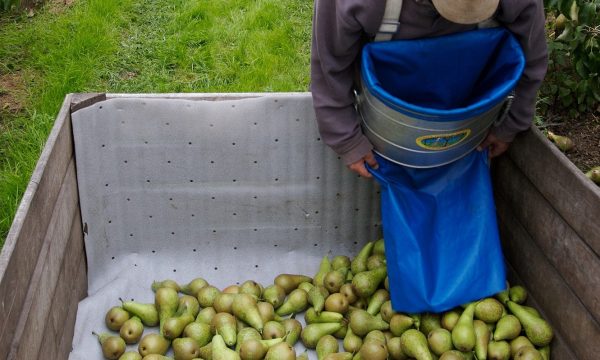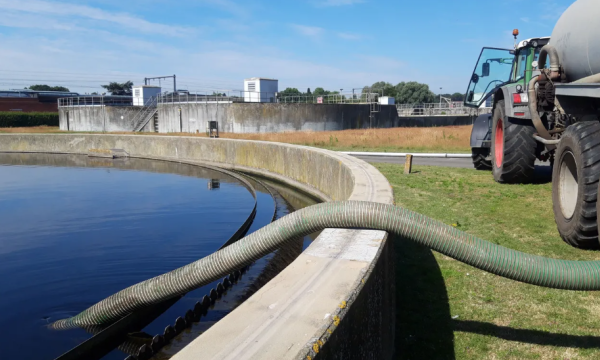Press release Horti-BlueC: towards more sustainable and circular cultivation substrates for horticulture
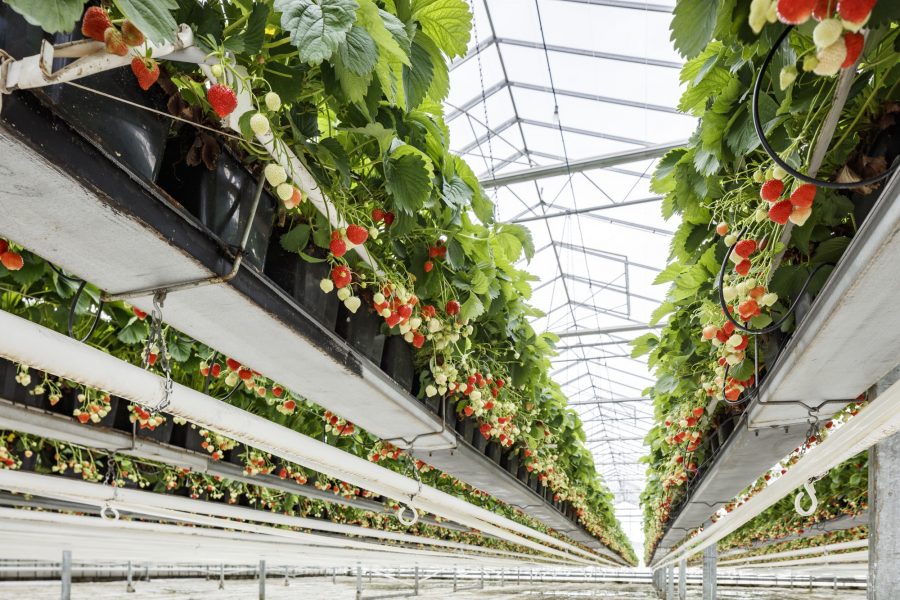
Flanders Research Institute for Agriculture, Fisheries and Food Research (ILVO), together with 8 partners from neighboring countries, tackles an important problem in conventional (greenhouse) horticulture. In the Interreg project Horti-BlueC, they demonstrate how to upgrade local residual flows into sustainable growing substrates with disease-resistant and plant-strengthening effects. This will reduce the use of fertilizers, chemical crop protection agents and non-renewable materials such as peat and rock wool. This means that the (greenhouse) horticulture sector can achieve a number of environmental and climate gains, and take important steps in closing its cycles.
In July, Horti-BlueC starts up. ILVO plays a coordinating role, and will focus on the potential of biochar, chitin from shrimp and plant fibers in new mixtures for growing substrates.
The focus of the project is not only on finding solutions for bottlenecks, but also on applying those solutions. Bart Vandecasteele (ILVO), project coordinator: "Horti-BlueC must provide us with tools that are useful for a successful transition to circular horticulture in practice".
Renewable materials for sustainable growing substrates
Today, (greenhouse) horticulture produces many residual flows that are difficult to recycle. For example, used culture substrates (400m³ per year) can contain a high concentration of nutrients and residues of plant protection products. In addition, the raw materials that are currently used in cultivation substrate - such as peat, coconut and rockwool (400m³ per year) - are under discussion because of their environmental and climate impact.
Bart Vandecasteele (ILVO): "Peat and rock wool are not renewable and the production of stone wool is energy-intensive. Although the use of peat in potting soil has many advantages, its extraction from pristine peatlands threatens these sensitive ecosystems and carbon stocks. emission of greenhouse gases."
Finally, crop protection agents and artificial fertilizers are used in (greenhouse) horticulture, which also have an important carbon footprint due to their energy-intensive production. In total, greenhouse horticulture is estimated to produce an annual 400 kg of CO2 per hectare of greenhouses.
In order to address these problems, Horti-BlueC proposes replacing the current, non-renewable raw materials in cultivation substrates either completely or partially with mixtures of locally produced renewable materials that have a plant-strengthening or nourishing effect. This benefits plant growth and thus also the grower, the environment and the climate.
5 local waste flows under scrutiny
Specifically, Horti-BlueC investigates the potential of 5 local residual flows from agriculture and horticulture, agro-food and fisheries: plant fibers, used cultivation substrates, crustacean waste, CO2 and heat from production and combustion processes, and the woody fraction of green waste for compost. These residual streams are abundant in the 2-Seas area (Belgium, France, the Netherlands and Great Britain): around 70,000 tons of crustacean waste are released each year, 1.2 million m³ of used cultivation substrate, 800,000 tons of woody fraction, 200,000 tons of plant fibers and each hectare of greenhouses produces about 400 tons of CO2 emissions.
Crustacean waste (e.g. shrimp peelings) is a source of chitin that can be added to the cultivation substrate as an additive. From used cultivation substrate and green waste, biochar can then be made, which is rich in carbon. Both chitin and biochar can promote the fertility of the culture substrate and make the plants more resistant to specific leaf and soil diseases. As a result, the use of chemical crop protection agents and fertilizers in greenhouse horticulture can be reduced, and fewer residues remain in the cultivation substrates so that they can be recycled after use. Moreover, in the production of biochar, heat and CO2 are released, which can be used in the greenhouses to replace pure CO2 and heating with fossil fuels. Finally, plant fibers can be used as bulk material in cultivation substrate.
Demos, pilot tests and economic analysis
These insights have already been acquired in earlier projects. Now, the Horti-BlueC project combines them and demonstrates them in practice. There will be a demo of the use of sustainable, local cultivation substrates, of the use of chitin and biochar as additives in cultivation substrates and of an operational installation (ready for commercialization) that can produce both biochar and green energy. In addition, a decision model is developed, an economic feasibility analysis is carried out, and a cost model is drawn up for the processing of the waste streams. All of this is meant to promote the implementation of the new techniques and the flow of the acquired insights into practice.
Steps towards circular greenhouse horticulture
Horti-BlueC is ambitious in its objectives. The project aims to adopt new techniques for circular greenhouse horticulture in which 30% less fossil fuels are used, 30% less chemical plant protection products, 30% less peat and rock wool and 20% less pure CO2.
Bart Vandecasteele (ILVO): "We focus on solving bottlenecks, but also on applying these solutions to close cycles. "
Partners and funding
Horti-BlueC has 9 partners from Belgium, France, the Netherlands and the United Kingdom: Energy Research Center Netherlands, University of Lille, RKS ADAS UK Ltd, Greenyard, Cato Engineering, NIAB EMR, University of Portsmouth, Hoogstraten Experimental Center, and ILVO as Project Manager. They have all built up experience that can be useful for this project.
Horti-BlueC will start operations in July 2018 and will end in 2021. It will be financed by the Interreg 2 Seas Program 2014-2020, with co-funding from the European Regional Development Fund under grant contract No. 2S03-046. ILVO also receives co-financing from the Province of Antwerp and the Province of East Flanders.
With the support of


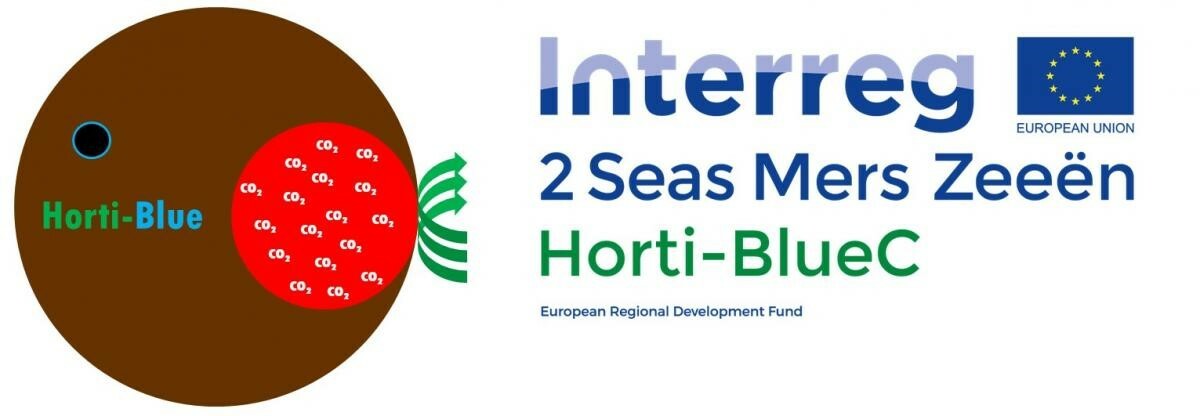
More info
Website: https://www.interreg2seas.eu/en/Horti-blueC
Presentation: http://www.ilvo.vlaanderen.be/Portals/68/documents/video_horti_BlueC.ppsx
Relevant results from previous projects: https://www.ilvo.vlaanderen.be/Portals/92/Documents/Verduurzamen_teeltsubstraten_resultaten.pdf
